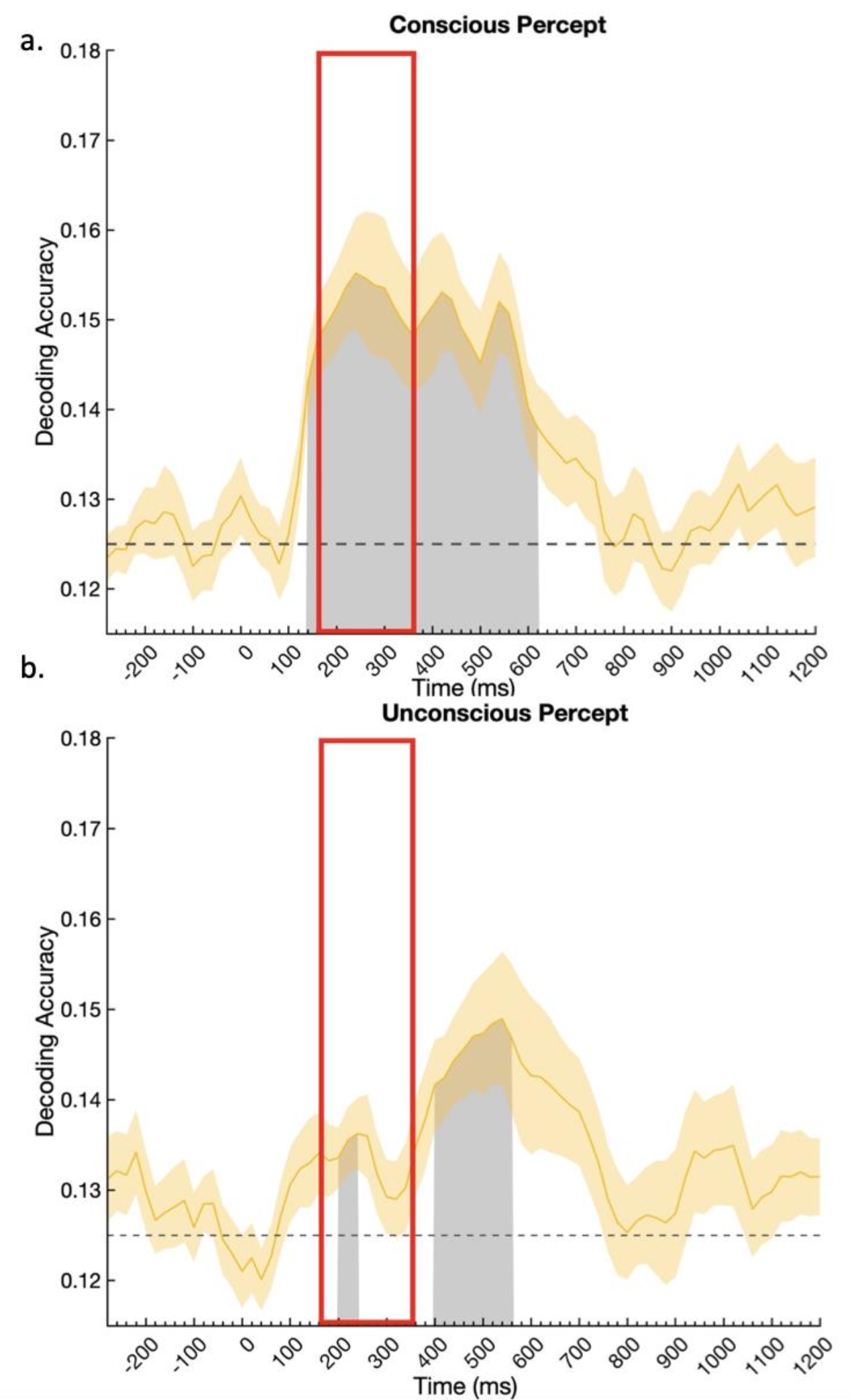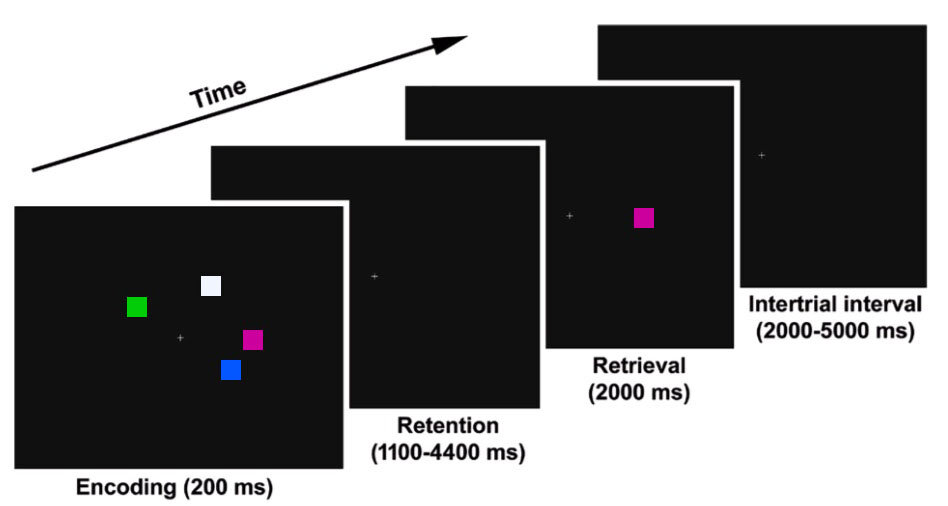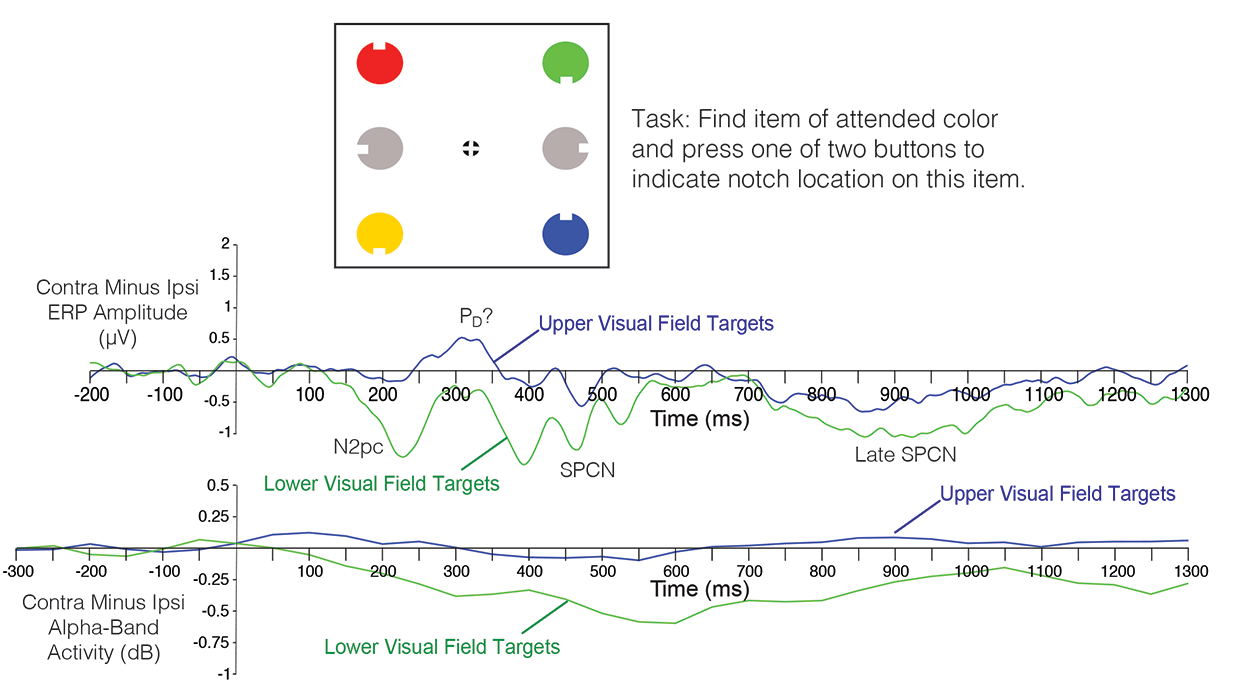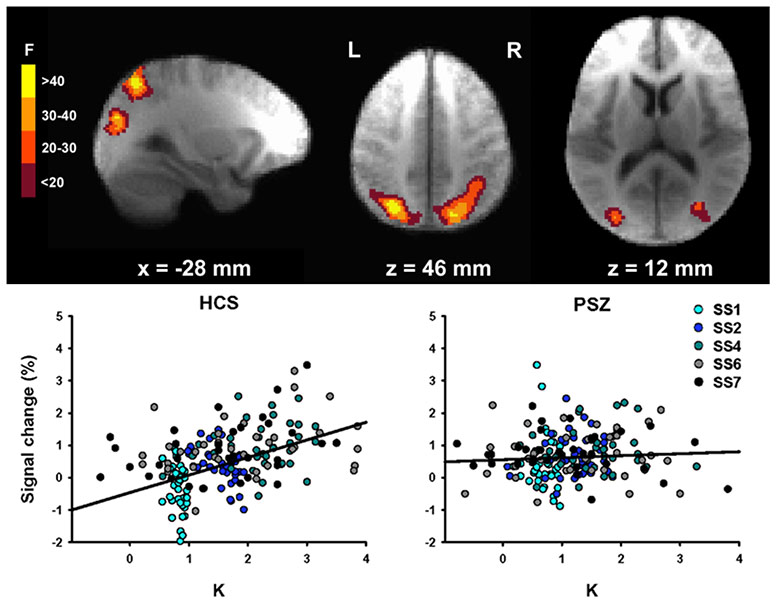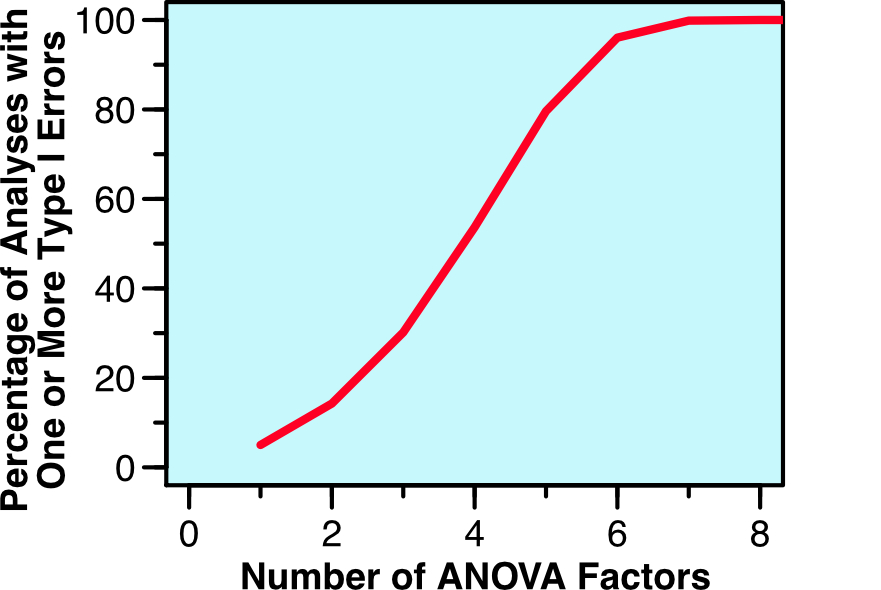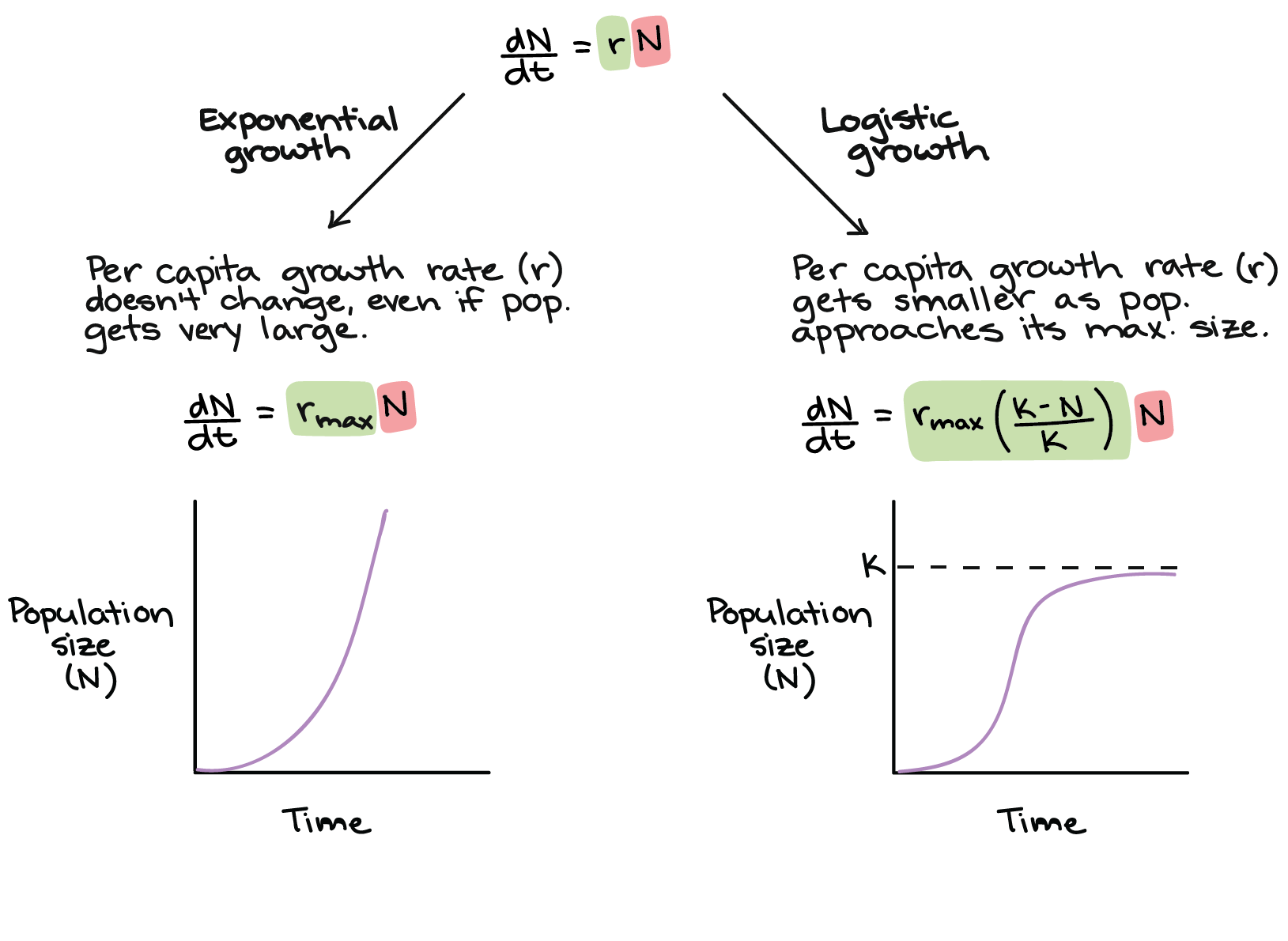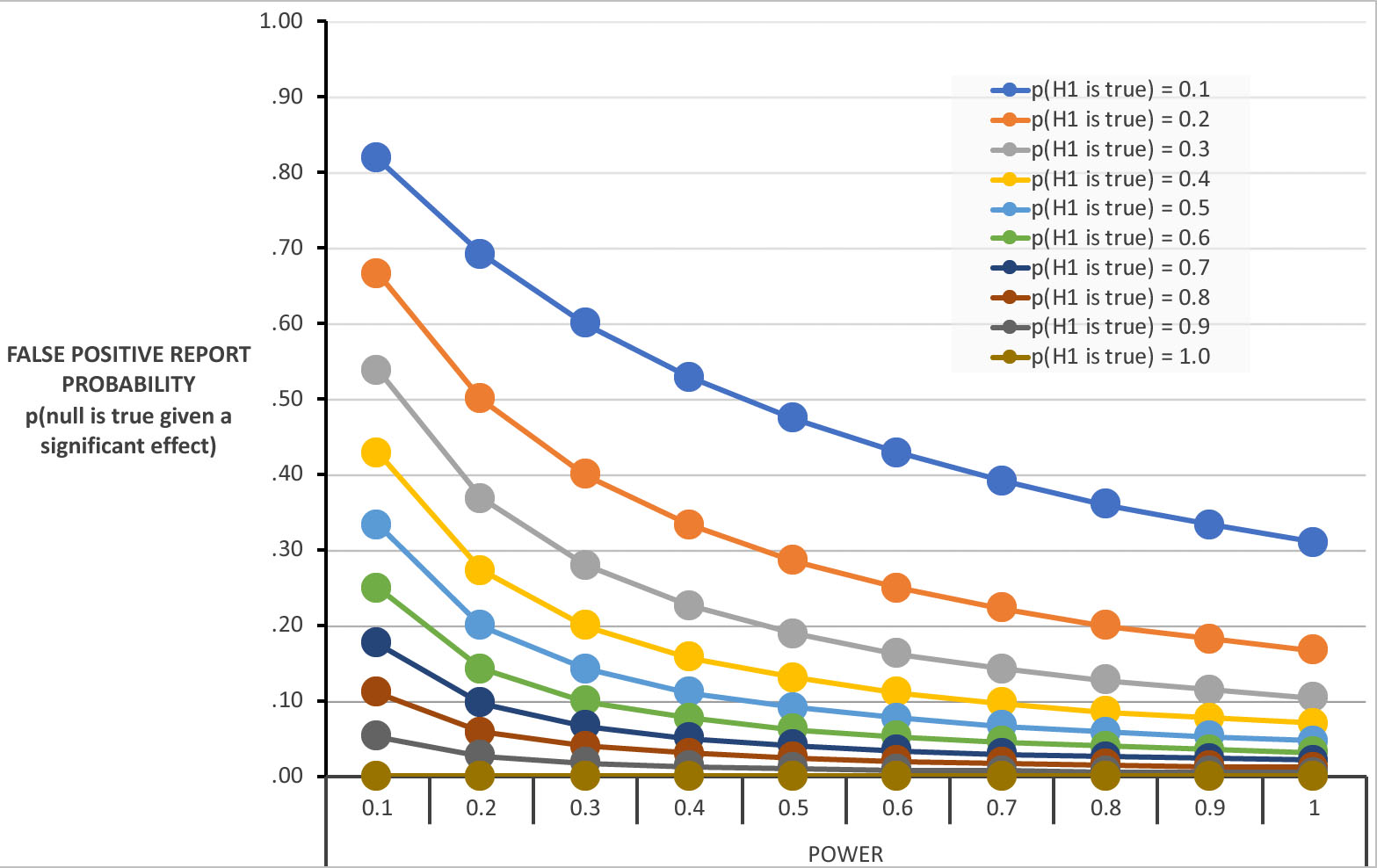by Steve Luck and Lisa Oakes
[Note: Our experience is in Psychology and Neuroscience, but this probably applies to most other disciplines.]
It is now the season for students in the U.S. to begin the stressful, arduous, and sometimes expensive process of applying to PhD programs. One common piece of advice (that we give our own students) is to send emails to faculty at the institutions where you plan to apply. In this blog post, we explain why this is a good thing to do and how to do it. Some students find it very stressful to send these emails, and we hope that the “how to do it” section will make it less stressful. You don’t have to email the faculty, but it can be extremely helpful, and we strongly recommend that you do it.
In many programs (especially in Psychology), individual faculty play a huge role in determining which students are accepted into the PhD program. In these programs, students are essentially accepted into the lab of a specific faculty member, and the faculty are looking for students who have the knowledge, skills, and interests to succeed in their labs. This is often called the “apprenticeship model.”
In other programs (including most Neuroscience programs), admissions decisions are made by a committee, and individual faculty mentors play less of a role. Moreover, in most Neuroscience programs, grad students do lab rotations in the first year and do not commit to a specific lab until the second year. We’ll call this the “committee model.”
Why you should email the faculty
Although many students are accepted into graduate programs without emailing faculty prior to submitting applications to programs, there are many good reasons to do so. This can be especially useful for programs that use the apprenticeship model. First, you can find out whether they are actually planning to take new students. You don't want to waste money applying to a given program only to find out that the one faculty member of interest isn’t taking students this year (or is about to move to another university, take a job in industry, etc.). Information about this may be on the program’s web site or the faculty member’s web site, but web sites are often out of date, so it’s worth double-checking with an email.
Second, and perhaps most important, this email will get you “on the radar” of the faculty. Most PhD programs get hundreds of applicants, and faculty are much more likely to take a close look at your application if you’ve contacted them in advance.
Third, you might get other kinds of useful information. For example, a professor might write back saying something like “I’m not taking any new students, but we’ve just hired a new faculty member in the same area, and you might consider working with her.” Or, the professor might say something like “When you apply, make sure that you check the XXX box, which will make you eligible for a fellowship that is specifically for people from your background.” Or, if the professor accepts students through multiple programs (e.g., Psychology and Neuroscience), you might get information about which one to apply to or whether to apply to both programs. Both of us take students from multiple different graduate programs, and we often provide advice about which program is best for a given student (which can impact the likelihood of being accepted as well as the kinds of experiences the students will get).
If admissions are being done by a committee, an email can still be important. For example, decisions may take into account whether the most likely mentor(s) are interested in the student. Or you might find out that none of the faculty of interest in a given program are currently taking students for lab rotations. This could impact the likelihood that you get into a program, and it might make you less interested in a program if you know in advance that you won’t have the opportunity to do a rotation in that person’s lab. In addition, faculty members can (and will) contact the committee before decisions are made to ask them to take a close look at a particular student’s application, pointing out things that might not otherwise be obvious to them. Finally, the faculty are often involved in the interview process, and having already established a relationship will make the interview less intimidating and more productive.
How to email the faculty
Now that you are (we hope) convinced that you should contact the faculty, you have to muster up the courage to actually send that message, and you need to make sure that your message is effective. To address both of these issues, we’ll provide give you some general advice and then provide an email template that you can use as a starting point.
First, the general advice. Faculty are very busy, and they get a lot of emails that aren’t worth reading. Each of us gets many emails each year from prospective students, and we find that the right e-mail can pique our interest and make us look carefully at a student’s materials. On the other hand, generic e-mails that simply say “Are you accepting students” are likely to be ignored.
You need to make sure that your email is brief but has some key information to get their interest. We recommend a subject heading such as “Inquiry from potential graduate applicant.” For the main body of the email, your goals are to (a) introduce yourself, (b) inquire about whether they are taking students, (c) make it clear why you are interested in that particular faculty member, and (d) get any advice they might offer. Here’s an example:
Dear Dr. XXX,
I’m in my final year as a Cognitive Science major at XXXX, where I have been working in the lab of Dr. XXX XXX. My research has focused on attention and working memory using psychophysical and electrophysiological methods (see attached CV). I’m planning to apply to PhD programs this Fall, and I’m very interested in the possibility of working in your lab at UC Davis. I read your recent paper on XXX, and I found your approach to be very exciting.
I was hoping you might tell me whether you are planning to take new students in your lab in Fall 2019 [or: …whether you are planning to take rotation students in your lab…]. I’d also be interested in any other information or advice you have.
[Possibly add a few more lines here about your background and interests.]
Sincerely,
XXX XXXX
It’s useful to include some details about yourself—where you got or are getting your degree, what kind of research experience you’ve had, and/or what you’ve been doing since you graduated. Even if your research experience isn’t directly related to what you want to do, it’s a good idea to include at least a phrase about what you’ve been doing (e.g., “I did internships in a neuroscience lab working with rodents and a social psychology lab administering questionnaires”). But if this experience is very different from the intended mentor’s research, you need to make it clear that you’re planning to move in a different direction for your graduate work. We also pay more attention to emails from students who seem to know something about us. Mention a paper or a research project you saw on the professor’s website. You don’t need details; just show that you’ve done your homework and are truly interested in that individual.
It’s a good idea to attach a CV, even though there won’t be a lot on it. That’s a good place to provide some more details about your skills and experience. Also, if you have an excellent GPA or outstanding GRE scores, you can put them on your CV (although these would not go on a CV for most other purposes). Your goal is to stand out from the crowd, so you should include anything relevant that will be impressive (e.g., “3 years of intensive Python programming experience” but not “Familiarity with Excel and PowerPoint”). Don’t put posters, papers in progress, etc., in a section labeled “Publications” – that section should be reserved for papers/chapters that have actually been accepted for publication. You should include these things, but use more precise labels like “Manuscripts in Progress”, “Conference Presentations”, etc.
If you’re a member of an underrepresented/disadvantaged group, you can make this clear in your email or CV if you are comfortable doing so (although this may depend on your field). We recognize that this can sometimes be a sensitive issue, but there are often special funding opportunities for students with particular underrepresented identities, and most faculty are especially eager to recruit students from underrepresented/disadvantaged groups. Usually, this information can be provided indirectly (e.g., by listing scholarships you’ve received or programs that you’ve participated in, such as the McNair Scholars), but it can be helpful if you make this information explicit to your prospective faculty mentor and program. However, this can backfire if it’s not done just right, so we strongly recommend that you ask your current faculty mentor for advice about the best way to do this given your field and your specific situation.
No matter what your situation, we recommend having your faculty mentor(s) take a look at a draft of the email and your CV before you send them. Grad students and postdocs can also be helpful, but they may not really know what is appropriate given that they haven’t been on the receiving end of these emails.
Most importantly, don’t be afraid to send the email. The worst thing that will happen is that the faculty member doesn’t read it and doesn’t remember that you ever sent it. The best thing that can happen is that the e-mail leads to a conversation that helps you get accepted into the program of your dreams.
What to expect
Many faculty will simply not reply. In this case, no information is no information. There are many faculty who simply don’t read this kind of e-mail, and a “no reply” might mean you contacted one of those faculty. Of course, it’s also possible that they’re not interested in taking grad students and didn’t want to spend time replying. Or, it could mean that the message was caught by a spam filter, that they received 150 emails that day, etc. So, if you really want to work with that person, you may still want to apply.
You may get a brief response that says something like “Yes, I’m taking students, and I encourage you to apply” or “I’m always looking for qualified students.” This indicates that the faculty member will likely look at applications, and you don’t need to follow-up.
If you’re lucky, you may get a more detailed response that will lead to a series of email exchanges and perhaps an invitation to chat (usually on Skype or something similar). This will be more likely if you say something about what you’ve done and why you are interested in this lab. We know it may be stressful to actually talk to the faculty member, but isn’t that what you’re hoping to do in graduate school? Now is the time to get over that hurdle.
You may get a response like “I’m not taking new students this year” or “I probably won’t take new students this year” or “I’m not currently taking rotation students” (which is code for “don’t bother applying to work with me”). Or you might get something like “Given your background and interests, I don’t think you’d be a good fit for my lab.” Now you know not to waste your money applying to work with that person, so you’ve learned something valuable.
We’ve never heard of a student receiving a rude or unpleasant response. It may happen, but it would be extremely rare. So, you really don’t have much to lose by emailing faculty, and you have a lot to gain. It’s not 100% necessary, but it will likely increase your odds of getting into one of the programs you most want to attend.


